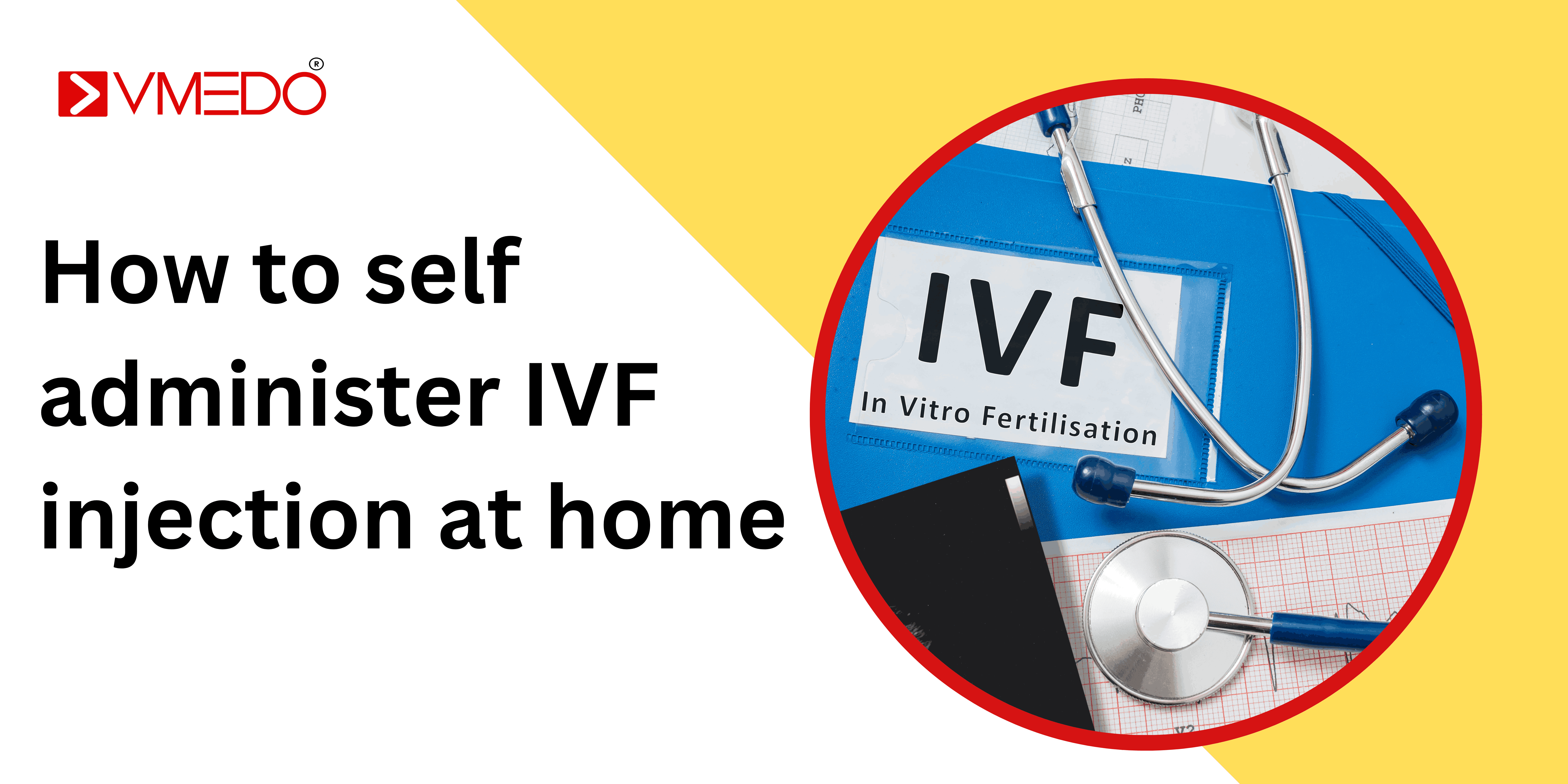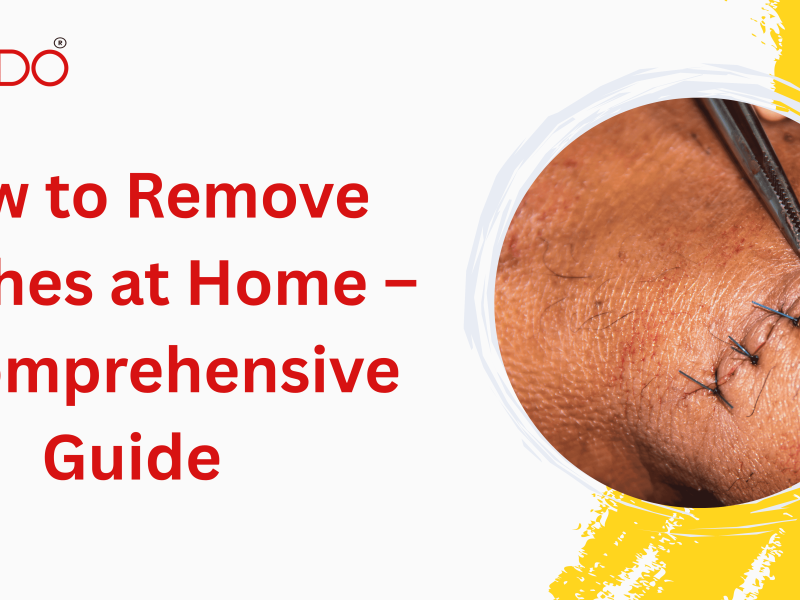Embarking on the journey of In Vitro Fertilization (IVF) is a significant and emotional step towards building your family. One of the most daunting aspects for many is the self-administration of hormone injections at home. While it can seem intimidating at first, with the right preparation and knowledge, you can confidently manage this crucial part of your IVF treatment. This guide will walk you through the process, providing detailed instructions, tips, and reassurance to help you navigate this experience successfully.
Understanding IVF Injections:
IVF injections are a critical component of the IVF process. They involve administering hormones that stimulate the ovaries to produce multiple eggs, increase egg maturation, and prepare the uterine lining for embryo transfer. The most common types of injections include:
- Gonadotropins: These hormones (like Follistim, Gonal-F, and Menopur) stimulate the ovaries to produce multiple eggs.
- GnRH Agonists and Antagonists: These medications (such as Lupron, Cetrotide, and Ganirelix) prevent premature ovulation.
- Human Chorionic Gonadotropin (hCG): This injection (like Ovidrel or Pregnyl) triggers the final maturation and release of eggs.
Preparing for Your Injections:
Preparation is key to reducing anxiety and ensuring successful administration. Follow these steps to get ready:
-
Consult Your Healthcare Provider
Before starting, ensure you have clear instructions from your fertility clinic. They will provide you with a schedule, dosage information, and any specific instructions related to your treatment plan.
-
Gather Supplies
Having all necessary supplies at hand can help streamline the process. You’ll need:
- Medication vials or pre-filled pens
- Syringes and needles (of various sizes, as specified by your doctor)
- Alcohol swabs
- Sharps disposal container
- A clean, flat surface
-
Understand the Medication
Read the instructions that come with your medication carefully. Familiarize yourself with the type of injection (subcutaneous or intramuscular), the dosage, and any mixing instructions if your medication requires reconstitution.
Step-by-Step Guide to Administering IVF Injection at home
Subcutaneous Injections
These injections are administered just under the skin, often in the abdomen or thigh.
1. Clean Your Hands and the Injection Site
Wash your hands thoroughly with soap and water. Use an alcohol swab to clean the injection site in a circular motion, starting from the center and moving outward. Allow the area to air dry.
2. Prepare the Syringe
- If using a vial:
- Clean the vial top with an alcohol swab.
- Draw air into the syringe equal to your prescribed dose.
- Insert the needle into the vial and inject the air.
- Turn the vial upside down and draw the prescribed dose of medication into the syringe, ensuring no air bubbles.
- If using a pre-filled pen: Follow the manufacturer’s instructions to prepare the pen and dial the correct dose.
3. Administer the Injection
- Pinch the skin at the injection site to create a firm surface.
- Insert the needle at a 45-90 degree angle (depending on your healthcare provider’s advice).
- Slowly push the plunger to inject the medication.
- Release the skin and withdraw the needle at the same angle.
4. Dispose of the Needle Safely
Place the used needle and syringe into the sharps disposal container immediately.
Intramuscular Injections
These injections are administered into a muscle, often in the upper outer quadrant of the buttocks or thigh.
1. Clean Your Hands and the Injection Site
As with subcutaneous injections, start by washing your hands and cleaning the injection site with an alcohol swab.
2. Prepare the Syringe
- Clean the vial top with an alcohol swab.
- Draw air into the syringe equal to your prescribed dose.
- Insert the needle into the vial and inject the air.
- Turn the vial upside down and draw the prescribed dose into the syringe, ensuring there are no air bubbles.
3. Administer the Injection
- Stretch the skin taut at the injection site.
- Insert the needle at a 90-degree angle quickly and firmly.
- Aspirate (pull back on the plunger slightly) to check for blood. If blood appears, choose a new site and start over.
- If no blood is present, slowly push the plunger to inject the medication.
- Withdraw the needle and apply gentle pressure with a clean cotton ball or gauze.
4. Dispose of the Needle Safely
Place the used needle and syringe into the sharps disposal container immediately.
Tips for a Smooth Injection Process
- Stay Organized: Keep all your supplies in one place to avoid unnecessary stress.
- Rotate Injection Sites: Avoid injecting in the same spot repeatedly to prevent bruising and discomfort.
- Use Distraction Techniques: Listen to music, watch a video, or practice deep breathing to reduce anxiety.
- Apply Ice: Numbing the injection site with ice before administering the injection can help reduce pain.
- Stay Hydrated and Relaxed: Being well-hydrated and relaxed can make the process easier and less painful.
Addressing Common Concerns and Side Effects
Pain and Discomfort
It’s normal to experience some pain or discomfort at the injection site. Using a smaller needle for subcutaneous injections and following proper technique can help minimize this. For intramuscular injections, applying a warm compress afterward can alleviate soreness.
Bruising and Redness
Mild bruising or redness is common and usually not a cause for concern. However, if you notice significant swelling, warmth, or if the area is extremely painful, contact your healthcare provider.
Emotional and Psychological Support
Self-administering injections can be emotionally taxing. Don’t hesitate to reach out to your partner, friends, or a counselor for support. Joining online forums or support groups for individuals undergoing IVF can also provide valuable encouragement and advice.
When to Contact Your Healthcare Provider
While mild side effects are normal, certain symptoms require immediate medical attention. Contact your healthcare provider if you experience:
- Severe pain or swelling at the injection site
- Signs of an allergic reaction (hives, difficulty breathing, swelling of the face, lips, tongue, or throat)
- Signs of infection (fever, chills, redness, or warmth at the injection site)
- Any unusual or severe symptoms
Despite all the preparation, administering IVF injections at home can still be overwhelming for many. This is where VMEDO steps in to make the process easier and stress-free. VMEDO provides professional home healthcare services, including the administration of IVF injections by trained medical personnel. To book a IVF injection at home in Bangalore.



